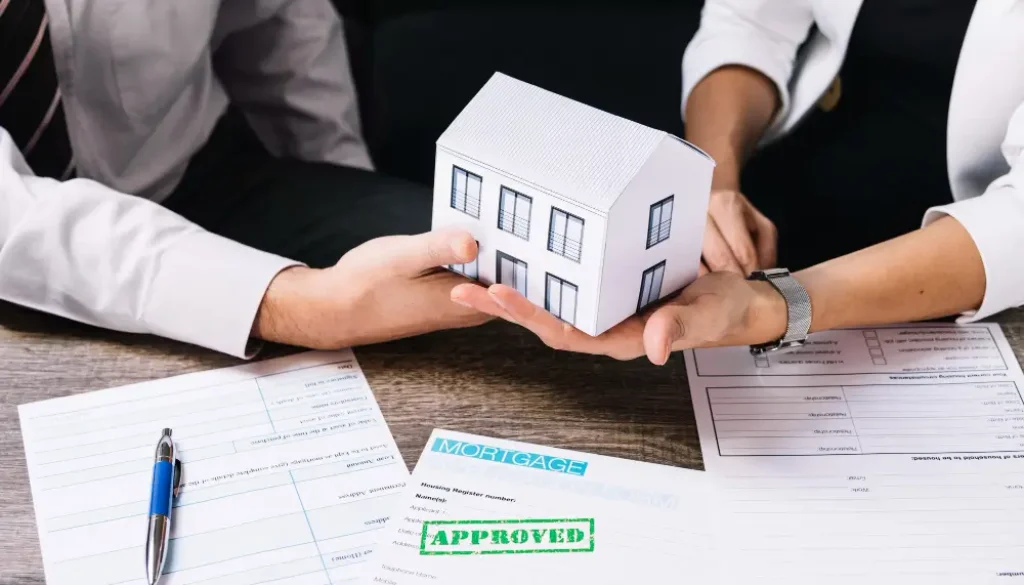USDA Home Loans: What They Are, How They Work, and Who They’re For
For many homebuyers—especially first-timers—the biggest barrier to homeownership is the down payment. But what if there was a way to buy a home with no down payment, low interest rates, and flexible credit requirements? That’s exactly what the USDA Home Loan program offers. Backed by the U.S. Department of Agriculture, USDA loans were created to help low- to moderate-income individuals and families purchase homes in designated rural and suburban areas. Despite the name, you don’t need to buy a farm or live in the middle of nowhere to qualify—many suburban communities across the U.S. are eligible.
Below, we’ll break down everything you need to know about USDA Home Loans: how they work, their benefits and drawbacks, eligibility requirements, and how to apply.
What Is a USDA Home Loan?
A USDA home loan is a mortgage option backed by the U.S. Department of Agriculture. It’s designed to promote homeownership in eligible rural and suburban areas by offering affordable financing options with no down payment.
There are two main types of USDA loans:
1. Guaranteed USDA Loan – Issued by approved lenders and backed by the USDA. Most homebuyers use this option.
2. Direct USDA Loan – Issued directly by the USDA to very low-income borrowers (typically with more restrictive requirements).
Key Benefits of USDA Loans
- No Down Payment Required
- Low Interest Rates
- Flexible Credit Guidelines
- Low Monthly Mortgage Insurance
- Fixed-Rate Options
- Sellers can contribute up to 6%
- Borrowers can finance closing costs into the loan if the home appraises higher than the purchase price.
Potential Drawbacks of USDA Loans
- Location Restrictions
- Income Limits
- Upfront Guarantee Fee: 1%
- Annual Fee: 0.35%
- Primary Residence Only
- Property Requirements
- Slower Processing Times
- No Jumbo Loan Options
USDA Loan Fees Explained
- Upfront Guarantee Fee: 1% of the loan amount (can be rolled into the loan).
- Annual Fee: 0.35% of the remaining loan balance, paid monthly. This is significantly lower than FHA’s monthly mortgage insurance.
USDA Loan Eligibility Requirements
Borrower Requirements:
- Income: Household income must not exceed 115% of the median income for your area.
- Citizenship: You must be a U.S. citizen or legal permanent resident.
- Credit: A credit score of 640+ is preferred.
- Debt-to-Income (DTI) Ratio: Generally not to exceed 41%, though exceptions may apply.
Property Requirements:
- Location: Must be in a USDA-eligible rural or suburban area.
- Type: Must be a single-family home used as your primary residence.
- Condition: Must meet USDA standards for safety and livability.
USDA Property Eligibility Tip
Many suburban and fringe communities qualify as USDA-eligible, even if they don’t seem rural. In the Washington, DC metro area, towns like Clarksburg, Poolesville, and parts of Frederick County are often eligible. Use the USDA eligibility map to verify individual addresses.
How to Apply for a USDA Loan
- Check Eligibility
- Choose a USDA-Approved Lender
- Get Pre-Approved
- Find a Home
- Complete the Loan Process
- Close on Your Home
Final Thoughts
USDA loans are one of the best-kept secrets in home financing. If you’re a buyer with steady income but limited savings for a down payment—and you’re open to living outside a densely populated metro area—this could be the perfect fit.
Have questions about USDA loan eligibility, the process, or next steps? Feel free to reach out to me at 312-296-4175 or email me at connect@borislending.com – I’m here to help. Let’s explore your options and see if this path to homeownership makes sense for you. And please remember, I lend in all 50 states and I am never too busy for your referrals!!
I have been in the mortgage industry since 1997 and I understand the anxiety that comes with making the most expensive investment of a lifetime. My objective is to be your advisor, to educate you and to make the mortgage loan transaction as transparent and as stress-free as possible. I enjoy establishing personal connections and work mostly by referral. I thoroughly explain the process and available options, and guide my clients to make choices that best fit their needs and financial goals. Once the underwriting begins I communicate regularly and keep my clients apprised of the loan status from the beginning through the end. My relationship with clients does not end at the closing table. You are my client for life and I am always available to answer your questions and provide you with guidance.


